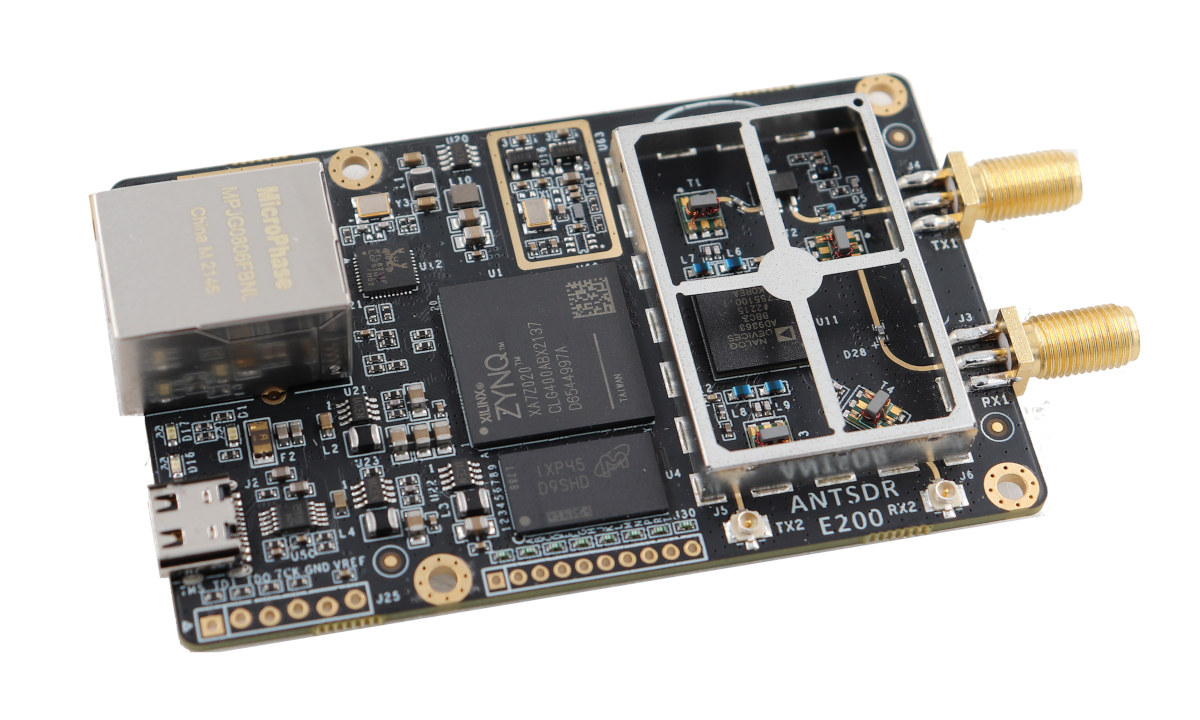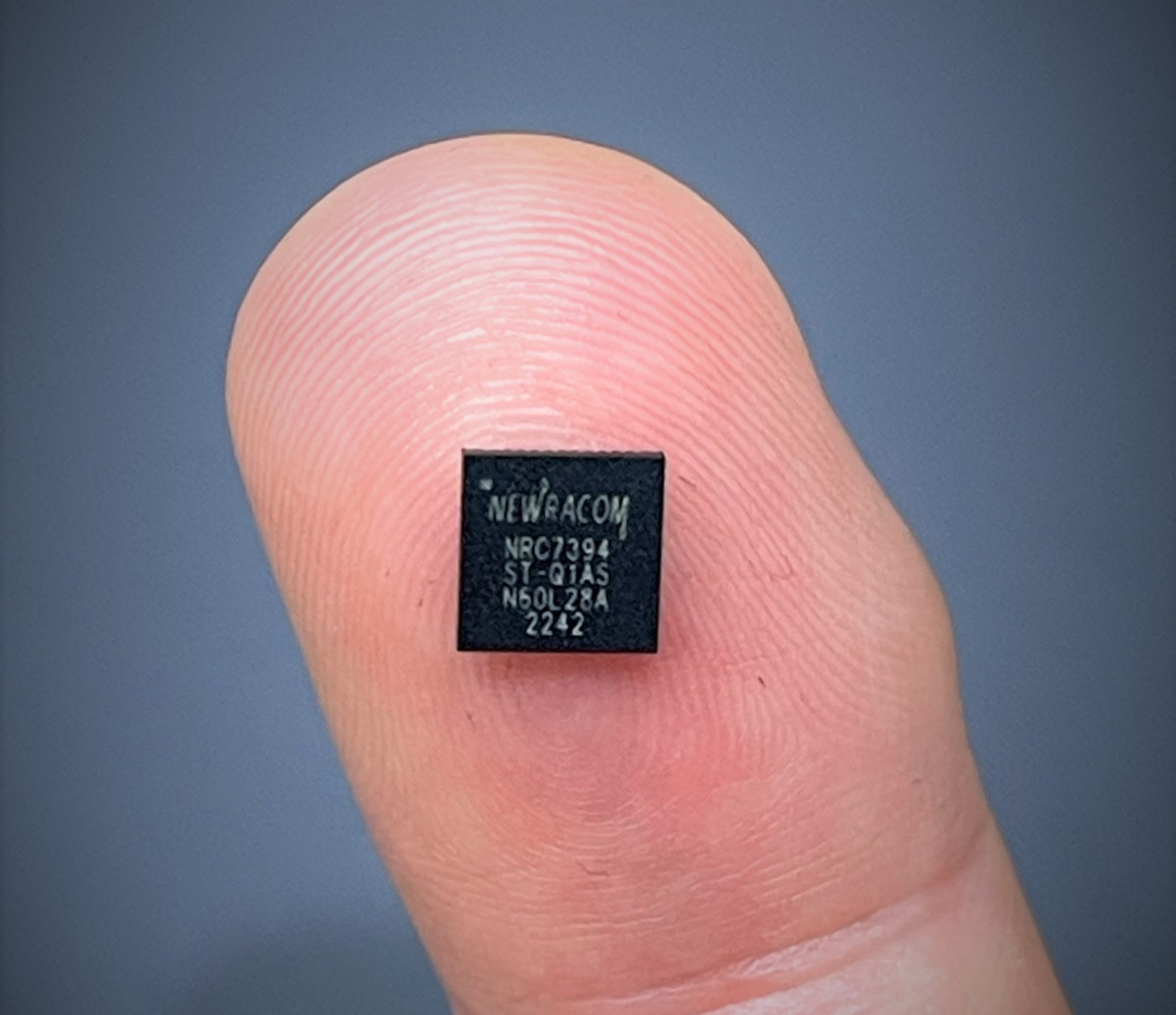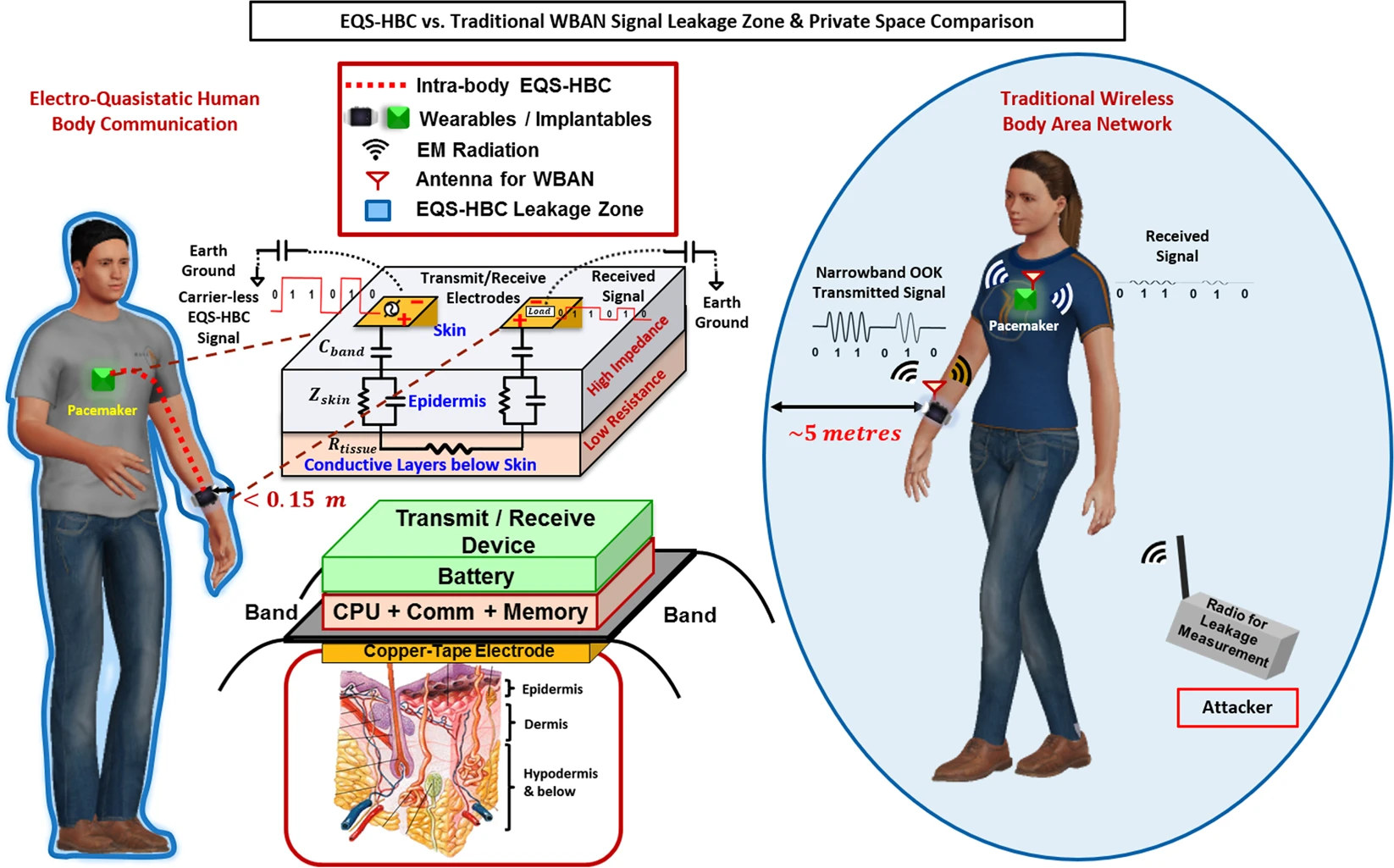We’ve just written about the uSDR M.2 SDR module on Crowd Supply, but it turns out the crowdfunding platform is hosting another SDR (Software-Defined Radio) project with the AntSDR E200 board equipped with an AMD Embedded Zynq 7020 SoC FPGA and an Analog Devices AD9363 or AD9361 RF chipset, and providing Gigabit Ethernet connectivity to the host. The board can operate in the 70 MHz – 6 GHz range with the AD9361 chipset, and the 325 MHz – 3.8 GHz range with the AD9363, supports 2×2 MIMO with two SMA antenna connectors and two U.FL connectors, and also features expansion interfaces for GPIOs. AntSDR E200 specifications: SoC FPGA – AMD Embedded/Xilinx Zynq 7020 dual-core Arm Cortex-A9 processor and FPGA with 85K logic cells, 4.9Mb Block RAM, 220 DSP slices System Memory – 512MB DDR3 Storage – 256 Mbit QSPI flash for firmware; microSD card slot (bottom side) RF Chipset – […]
NEWRACOM NRC7394 WiFi HaLow SoC delivers higher power efficiency and cost-effectiveness
NEWRACOM has just introduced the NRC7394 Wi-Fi HaLow Arm Cortex-M3 SoC with higher power efficiency and lower cost than the previous generation NRC7292 Cortex-M3/M0 HaLow SoC and available in a 6x6mm package. I first wrote about the 802.11ah standard in 2014. Also known as the WiFi HaLow (consumers name), it operates in the 900 MHz band, offers a longer range and lower power consumption for items like IP cameras, and the first products came to market in 2021. I was expecting a flood of new WiFi HaLow devices in 2022 in my year 2021 round-up and it was not exactly a prescient prediction as it never happened. But maybe the new NRC7394 SoC will help make WiFi HaLow devices more popular by lowering the costs and further improving battery life. NEWRACOM NRC7394 key features: CPU – Arm Cortex-M3 core @ 32 MHz for IEEE 802.11ah WLAN and application Connectivity Full […]
Silicon Labs FG28 Sub-GHz wireless and 2.4 GHz BLE SoC supports Amazon Sidewalk, Wi-SUN, etc…
Silicon Labs dual-band FG28 Cortex-M33 SoC comes with sub-Gigahertz and 2.4 GHz Bluetooth LE radios that support long-range networks and protocols like Amazon Sidewalk, Wi-SUN, and other proprietary protocols, as well as a built-in AI/ML accelerator for machine learning inference and SiLabs Secure Vault technology. The chip looks to be an update to the sub-GHz FG25 Cortex-M33 microcontroller with an additional 2.4 GHz BLE radio, but somehow less program memory (up to 256KB) and storage (up to 1024 KB). The peripherals implemented in the chip are almost the same, as the microcontroller gains support for predictive maintenance with a small matrix vector processor for AI/ML acceleration. Silicon Labs FG28 (EFR32FG28) specifications: MCU core – Arm Cortex-M33 @ 78 MHz with DSP instructions and FPU On-chip memory – Up to 256 kB RAM data memory On-chip storage – Up to 1024 kB flash program memory AI accelerator – Matrix Vector Processor […]
The Wi-R protocol relies on body for data communication, consumes up to 100x less than Bluetooth
The Wi-R protocol is a non-radiative near-field communication technology that uses Electro-Quasistatic (EQS) fields for communication enabling the body to be used as a conductor and that consumes up to 100x less energy per bit compared to Bluetooth. In a sense, Wi-R combines wireless and wired communication. Wi-R itself only has a wireless range of 5 to 10cm, but since it also uses the body to which the Wi-R device is attached, the range on the conductor is up to 5 meters. While traditional wireless solutions like Bluetooth create a 5 to 10-meter field around a person, the Wi-R protocol creates a body area network (BAN) that could be used to connect a smartphone to a pacemaker, smartwatch, and/or headphones with higher security/privacy and longer battery life. One of the first Wi-R chips is Ixana YR11 with up to 1Mbps data rate, and they are working on a YR21 […]




